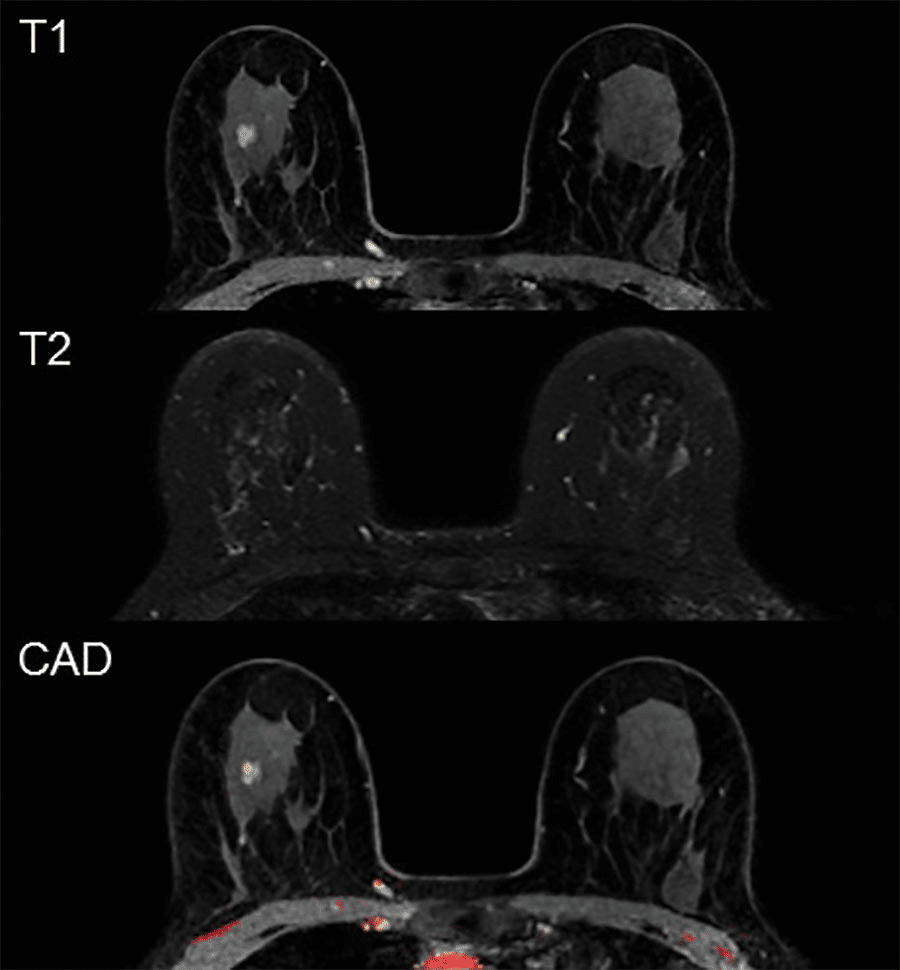
Breast MRI (magnetic resonance imaging) uses radio waves and strong magnets to make detailed pictures of the inside of the breast. Breast MRI may be used with mammography as a...

Breast MRI (magnetic resonance imaging) uses radio waves and strong magnets to make detailed pictures of the inside of the breast. Breast MRI may be used with mammography as a...

MR Enterography provides detailed imaging of the small intestine. It works with oral and intravenous (IV) contrast material to pinpoint intestinal problems, such as inflammation, internal bleeding, and tears in...
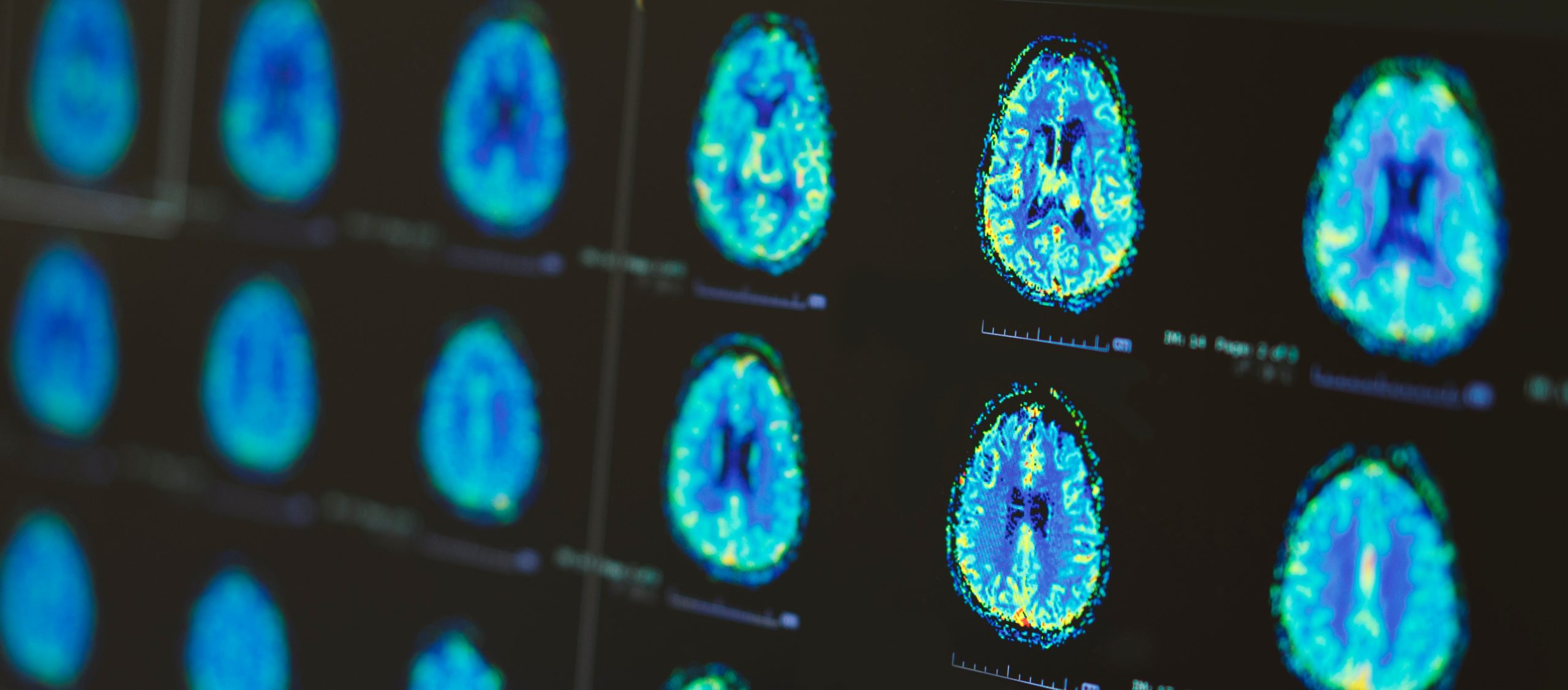
MR Angiography (MRA) utilizes MR technology to provide detailed images of blood vessels. It’s able to detect, diagnose and guide the treatment of heart disorders, stroke and a variety of...
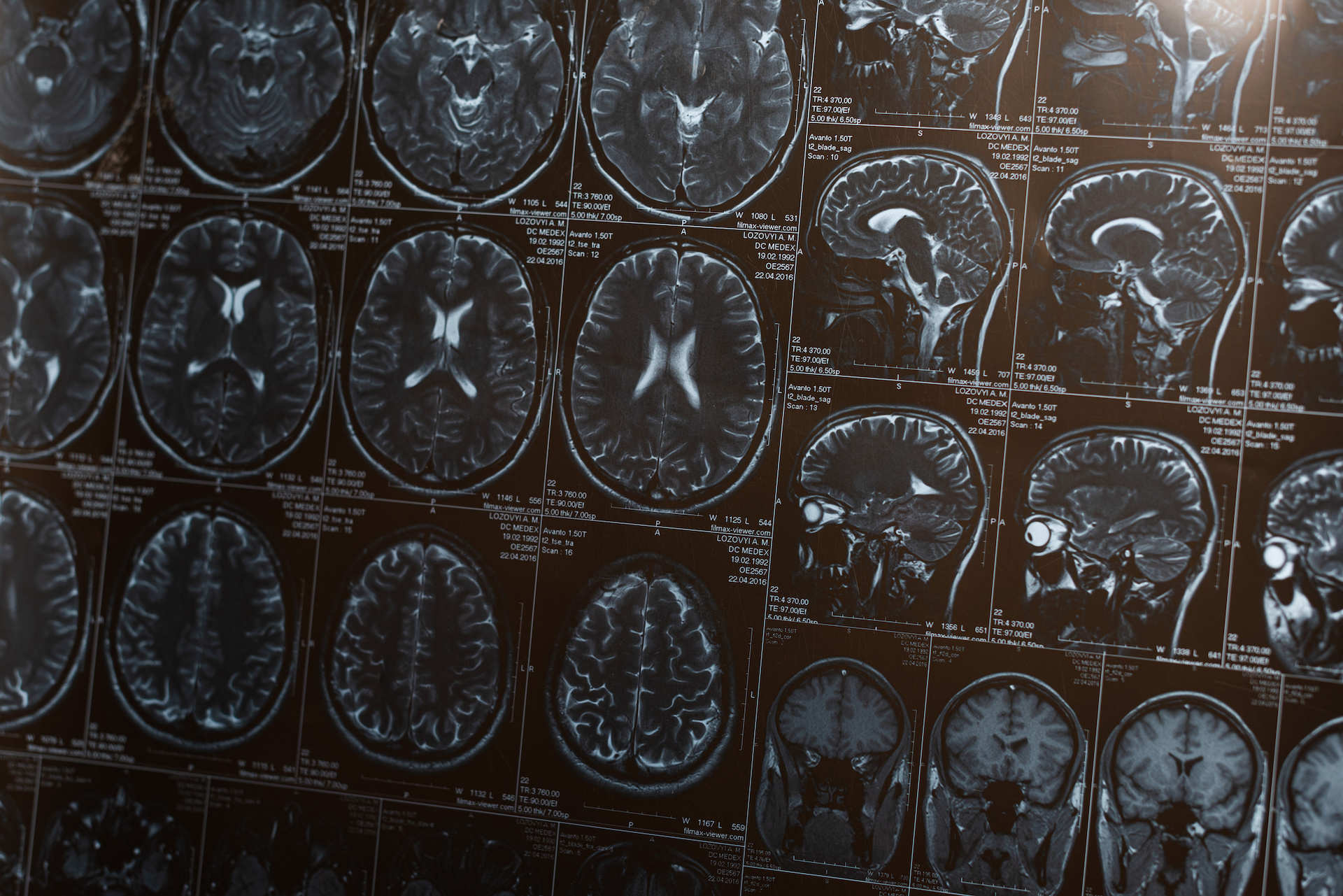
MRI uses a powerful magnetic field, radio waves and computers to produce detailed images of the body’s internal structures. It’s a safe way for doctors to get an inside look...

A vascular access procedure inserts a flexible, sterile plastic tube called a catheter into a blood vessel to allow blood to be drawn from or medication to be delivered to...
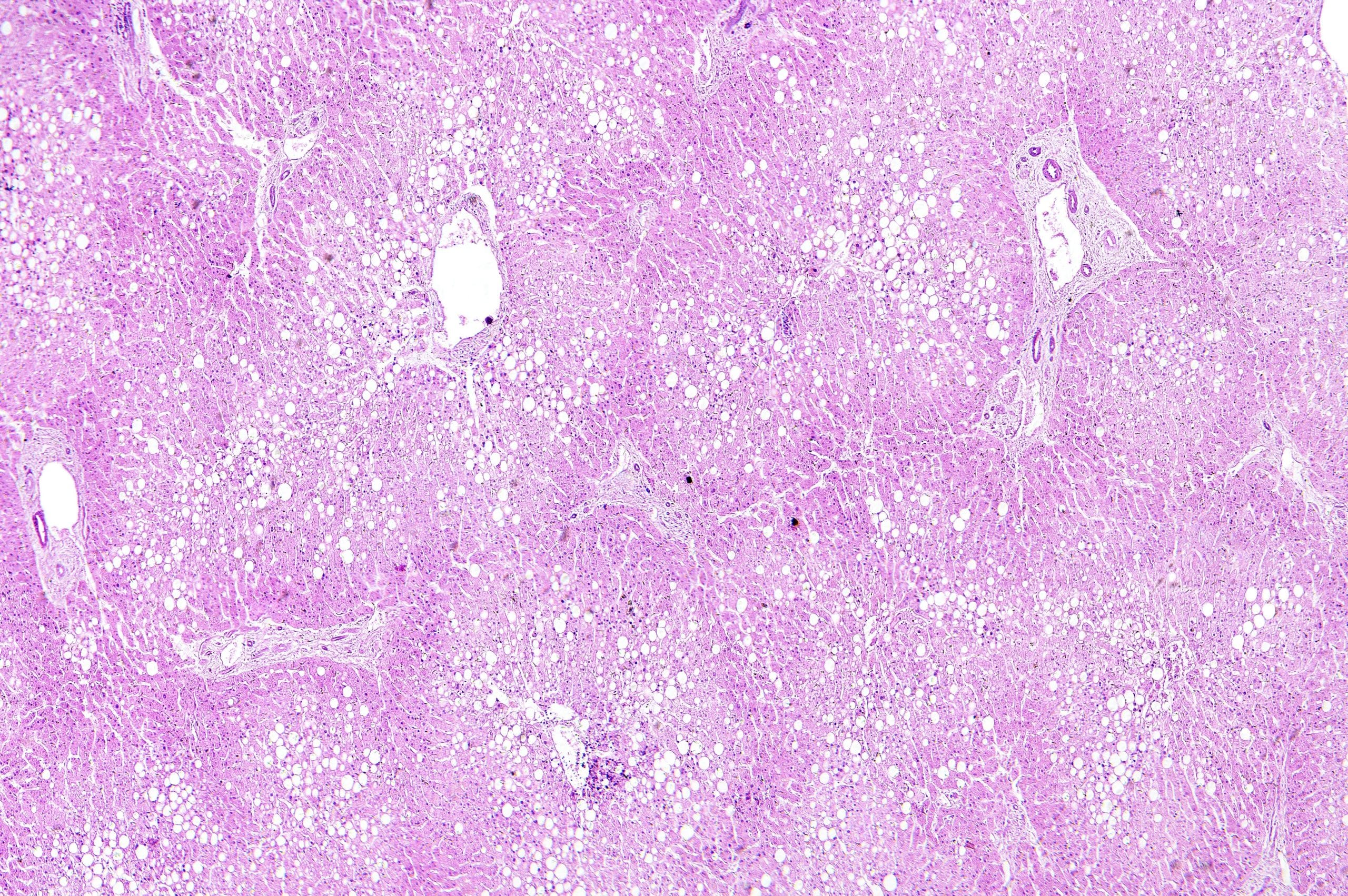
Microwave ablation (MWA) is the treatment using image guidance to place a needle through the skin into a tumor. In MWA, microwaves are created from the needle to create a...

A drainage catheter is a thin tube that is inserted through the skin into an area where unwanted fluid has accumulated. The catheter enables the fluid to drain to drainage...
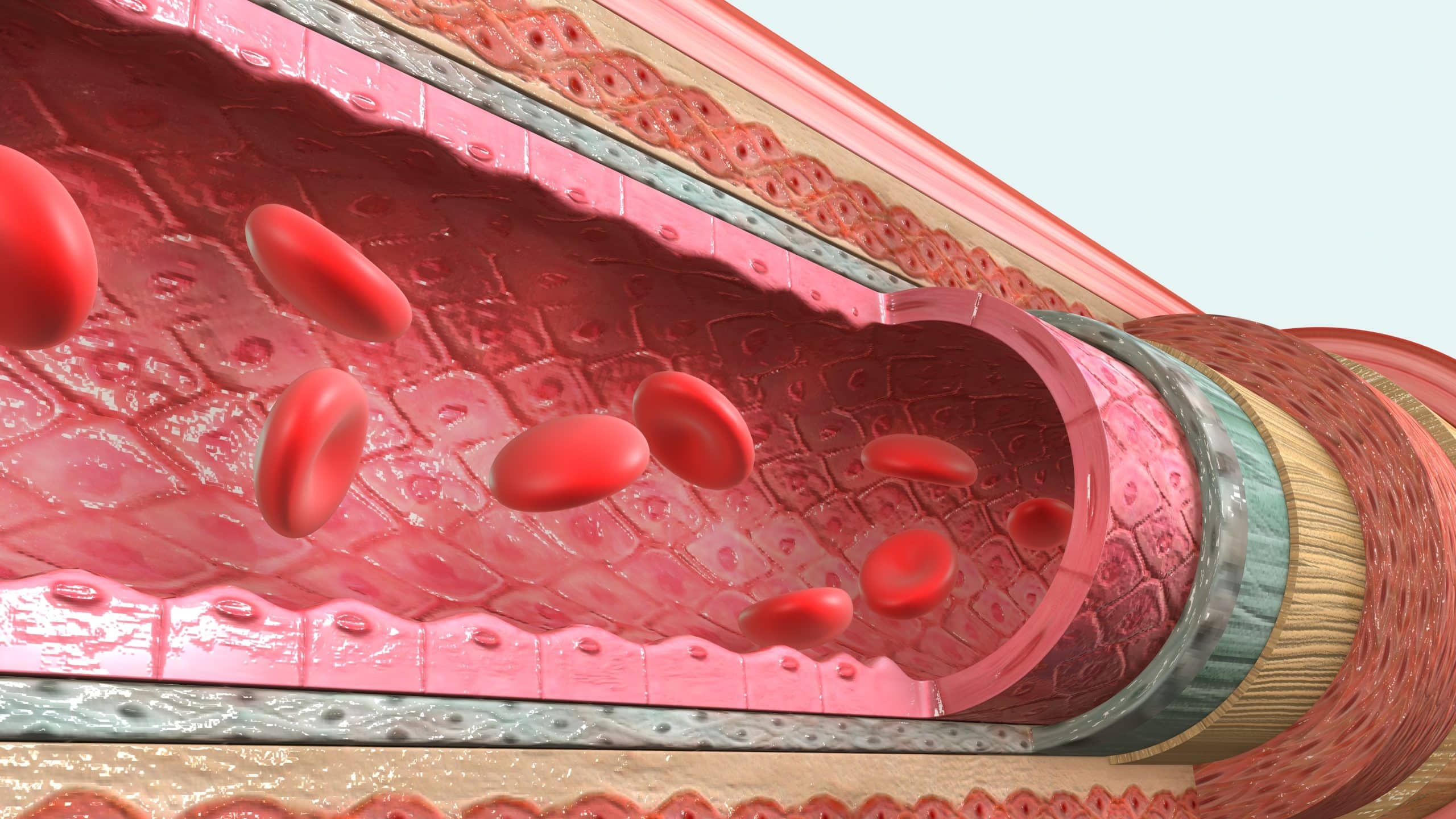
Chemoembolization places chemotherapy and synthetic materials called embolic agents into a blood vessel feeding a cancerous tumor to cut off the tumor's blood supply and trap the chemotherapy within. It...

An IVC Filter is a small metal device designed to prevent blood clots from traveling to the lungs. The filter is placed in the inferior vena cava (the large vein that takes...

Deep Vein Thrombosis, or DVT, is a large blood clot that forms in one or more of the deep veins in your body. DVT usually happens in the legs or...